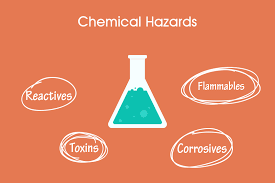| Training Code | Date | Duration | Venue | Fees |
|---|---|---|---|---|
| Keep following, we are updating our training schedules. | ||||

identifying and evaluating chemical hazards; Providing an MSDS; Labeling and listing chemical hazards; Training employees; Writing a hazard communication program as NFPA
- Identify the goals of the Hazard Communication standard and the agency responsible for writing and enforcing the standard.
– Lost the eight fundamental actions required by the OSHA Hazard Communication standard and state the purpose of each.
– Explain the key requirements for carrying out each fundamental action.
- Physical and health hazards; Exposure routes; Factors that affect the degree of hazard; Controlling chemical hazards; Detecting exposure hazards
SAFETY, Operation, Fire, Maintenance
H2SO4 MSDS
HCL MSDS
On successful completion of this training course, BK’s Certificate with eligible Continuing Professional Education credits (CPE), will be awarded to the delegates , one CPE credit is granted per 50 minutes of attendance.